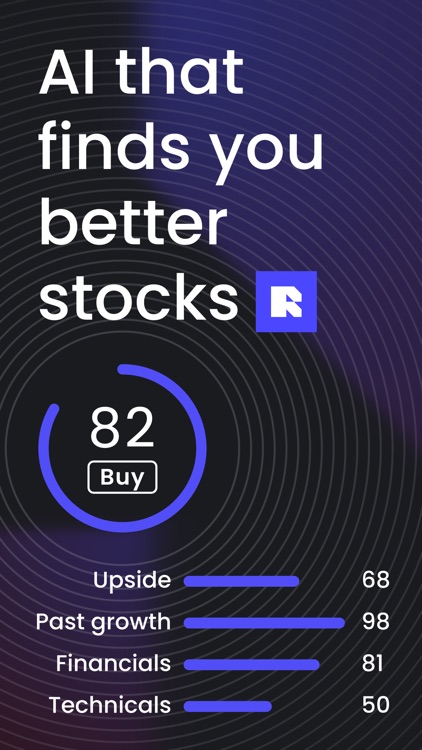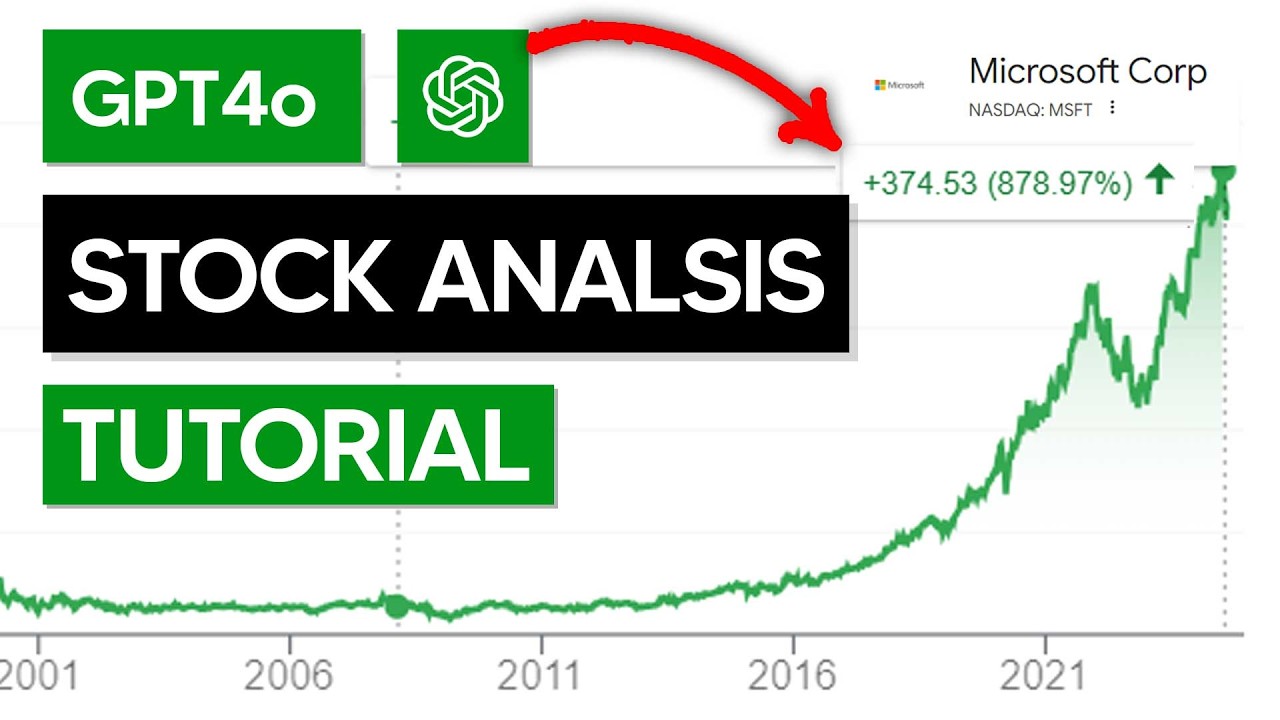20 Best Ways For Deciding On Best Ai Stock Sites
20 Best Ways For Deciding On Best Ai Stock Sites
Blog Article
Top 10 Tips To Evaluate The User Experience And Interface Of Ai Platforms For Trading Stocks
User Interfaces as well as user experiences are crucial for the user-friendliness of an AI stock-predicting/analyzing trading platform. An undesigned user interface may hinder decisions even if the AI models that underlie it are highly efficient. Here are 10 tips to assess the UI/UX on these platforms.
1. The ease of use and the user-friendlyness are two important aspects to think about.
Navigation: Ensure that the platform is simple to navigate with easy-to-read menus, buttons and workflows.
Learning curve: Assess how quickly and efficiently a new user can comprehend and use your platform, without extensive training.
Check for uniformity in designs across different platforms (e.g. buttons and color schemes).
2. Check for Customizability
Dashboard customization - Check that dashboards can be customized by users using pertinent charts, metrics, and data.
Layout flexibility: The platform must let users rearrange, resize or even move widgets.
Themes and preferences: See whether the platform provides dark and light modes or other visual preferences.
3. Visualize data quickly and easily
Chart quality. Check that your platform provides top-quality interactive charts (e.g. Candlestick charts and Line charts) with zooming/panning capabilities.
Visual clarity Make sure to ensure that the data is presented in a clear manner including legends, labels and tip-offs.
Make sure that the visualisations have been constantly updated to reflect any changes on the market.
4. Test Responses and Speed
Loading speed: Ensure that the platform is loaded quickly, even with large datasets.
Real-time Performance: Find out if the platform has the ability to handle data feeds at no delay.
Cross-device Compatibility: Make sure that the application works with various gadgets (desktops or smartphones).
5. Evaluate accessibility
Mobile App: Ensure the platform offers an application for trading via mobile with full functionality.
Keyboard shortcuts. Be sure the platform provides keyboard shortcuts to users with power.
Accessibility features: Make sure that the platform complies with accessibility standards (e.g. screen reader support, high contrast modes).
6. Utilize the Search and filter Functions
Search function: Make sure that the platform you use allows you to quickly search for indexes, stocks, and various other assets.
Advanced filters: Determine if users can apply filters (e.g. by market cap, sector or performance metrics) to narrow down the results.
Saved searches: Check whether the platform permits users to save frequently used searches or filters.
7. Make sure you are aware of alerts and other notifications.
Customizable alerts. Users are able to create alarms based on certain circumstances (e.g. price thresholds or spikes in the volume).
Notification Delivery: Check to determine if notifications are sent in different ways (e.g. via SMS, email, or app notifications).
Timing: Make sure that alerts are promptly and precisely sent.
8. Assess the integration with other tools
Broker integration - Ensure that the platform seamlessly integrates with your brokerage in order to allow for quick trade execution.
API access. Find out if the platform gives API access for advanced users to create custom tools and workflows.
Third-party integrations: Check whether the platform allows integrations with other applications (e.g., Excel, Google Sheets, trading bots).
9. Assessment Help and Support Features
Tutorials on boarding: See if the platform provides tutorials or walkthroughs for new users.
Help Center: Make sure the platform has a complete and well-organized help center.
Customer support: See whether you have a fast customer support (e.g. live chat, email or phone).
10. Test The Overall Satisfaction of Users
Feedback from users review and testimonials of research to gauge the overall satisfaction level with UI/UX.
Trial time: You can avail a demo or a free trial to try the platform and test its suitability.
Verify that the error handling is correct.
Bonus Tips
Aesthetics. Functionality is essential but a visually appealing layout can enhance the experience of users.
Performance under stress - Test the platform's stability and responsiveness in market conditions with high volatility.
Go to the community or forums to determine if there's a user group that allows users to discuss tips and provide feedback.
Follow these tips to assess the user interface and UX of AI stock predicting/analyzing platforms. This will ensure they are user-friendly and efficient. They must also be able to meet the requirements of trading. The UI/UX of a trading system can have a significant impact on the ability of you to make informed trades and make the right decisions. See the most popular chatgpt copyright for more info including trader ai app, best ai trading software, investing ai, copyright financial advisor, copyright advisor, incite ai, ai stocks, trading with ai, ai trade, incite and more.
Top 10 Suggestions To Judge The Speed And Latency Of Ai Stock Trading Platforms
Speed and latency are important aspects to consider when looking at AI stock predicting/analyzing trading platforms, particularly for active traders, algorithmic traders and high-frequency traders. Even milliseconds delay can affect the execution of trades. Here are ten of the most effective methods to determine the speed and the latency of the platforms.
1. Real-Time data feeds are a great way to assess the quality of the real-time data you have
Speed of data delivery - Make sure that the platform will deliver real-time information with a minimum delay (e.g. the sub-millisecond delay).
Verify the source's proximity to the major exchanges.
Data compression: Examine to determine if there are efficient techniques for data compression that will speed up the delivery of data.
2. Test Trade Execution Rate
Order processing time The time it takes for the platform to process and complete trades after you have placed an order.
Direct market access: Make sure whether the exchange allows direct orders to be delivered to the exchange.
Execution reports. Verify that the platform provides comprehensive execution reports. These reports must include dates for order submission, confirmation and fill.
3. Assess the response of the platform
User interface (UI also known as speed of user interface) The speed of user interface is a measure of how quickly the UI of a platform reacts to the inputs you make (e.g. pressing buttons, loading graphs).
Chart updates: Check that charts and visuals are updated in real-time without lag.
Mobile app performance. If you are using a smartphone app that is running, it will perform similarly to the desktop version.
4. Find low-latency infrastructure
Server Locations: Make sure that the platform has servers that are low-latency and located near major financial exchanges or hubs.
Co-location Services: Find out whether the platform permits co-location. This will allow you to save your trading algorithms on servers that are close to the Exchange.
High-speed networks: Verify that the platform utilizes high-speed fiber-optic networks or other low-latency technology.
5. Check the backtesting speed and simulation speed.
Historical data processing: Test how fast the platform process and analyzes historical data for backtesting.
Latency in simulation: Ensure that the platform can simulate trades with no noticeable delay.
Parallel processing: Determine if the platform utilizes distributed computing or parallel processing to speed up calculations.
6. Examine API Latency
API response: The performance of the platform's API is evaluated by the amount of time it takes to respond to requests.
Rate limits: Make sure that the API has reasonable limits on rates so that there are no delays during high-frequency trading is taking place.
WebSocket support Make sure your system is running the WebSocket protocol to support low-latency, real-time data streaming.
7. Test Platform Stability under Load
High-volume Trading: Play with huge quantities of trading scenarios in order to determine if your platform is stable and responsive.
Market volatility: Ensure your platform is able to handle price fluctuations in times that are high-risk.
Stress testing: Determine if your platform provides the tools to test stress-testing strategies in extreme conditions.
8. Assess Network and Connectivity
Internet speed requirements: To ensure optimal performance, make sure that your internet connection speed is at the recommended platform's speed.
Redundant connections: Check to determine if there are any redundant connections available.
VPN latency: When using a VPN platform, check if the latency is significant and if there are alternatives.
9. Look for features to speed up your performance.
Pre-trade analytics: Make sure that the platform has analytical tools for pre-trade to improve order routing.
Smart order routing (SOR): Verify if the platform uses SOR to find the fastest and cost-effective execution locations.
Monitoring latency: Find out if the platform offers tools to monitor and analyze the speed of latency in real time.
Benchmarks for User Feedback Review
Reviews from users: Search for user feedback on the platform to gauge its speed and speed.
Third-party Benchmarks: Discover independent benchmarks that compare the performance of a platform against its competitors.
Case studies: See whether the platform provides case studies or testimonials, that highlight its ability to work with low-latency.
Bonus Tips
Free trial period: Test the platform's speed and latency in real-world scenarios using the demo or free trial.
Customer support: find out if the platform offers support for latency issues or optimization.
Hardware requirements: Determine whether you require specific hardware for optimal performance (e.g. high-performance computers).
By following these tips, you can effectively assess the performance and speed of AI stock-predicting and analyzing trading platforms, ensuring you choose a platform that meets your trading needs and minimizes the time it takes to complete. Low latency trading platforms are vital for traders who use high-frequency algorithms. Small delays can negatively impact their profits. Follow the best ai stock prediction url for more examples including ai stock picker, investment ai, chatgpt copyright, ai hedge fund outperforms market, best ai for trading, ai trading bot, best stock analysis website, best artificial intelligence stocks, ai chart analysis, trader ai intal and more.